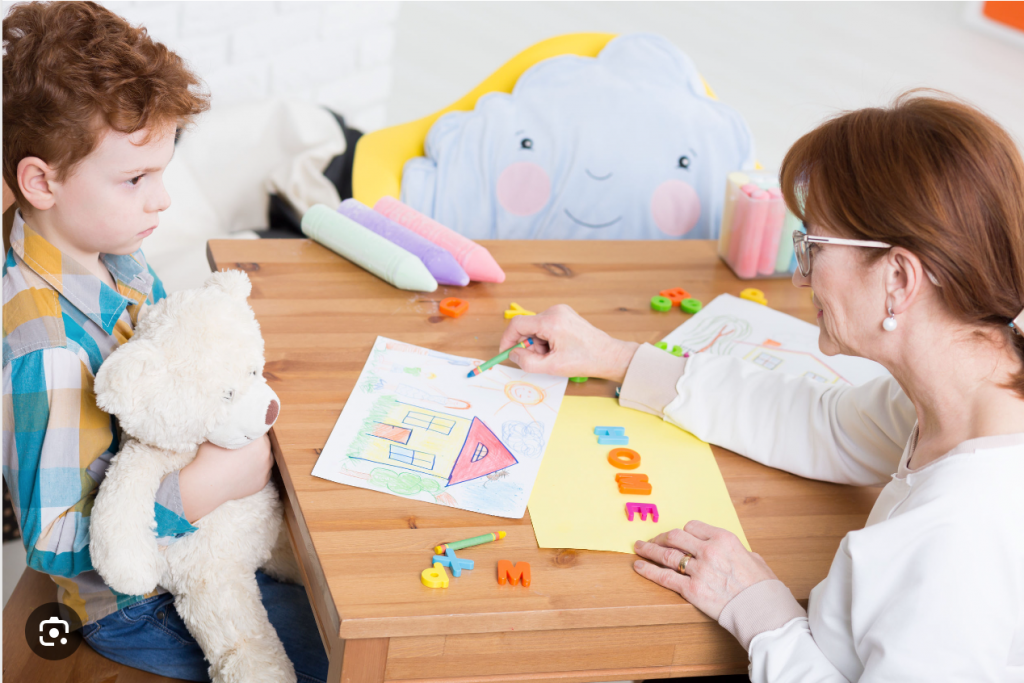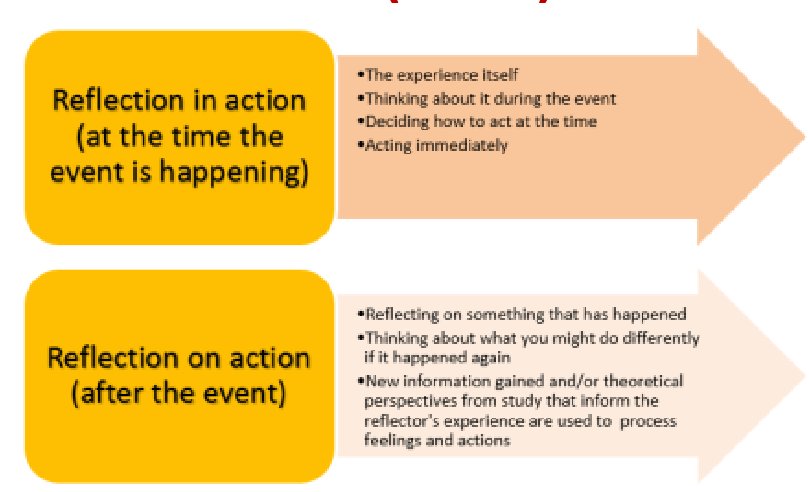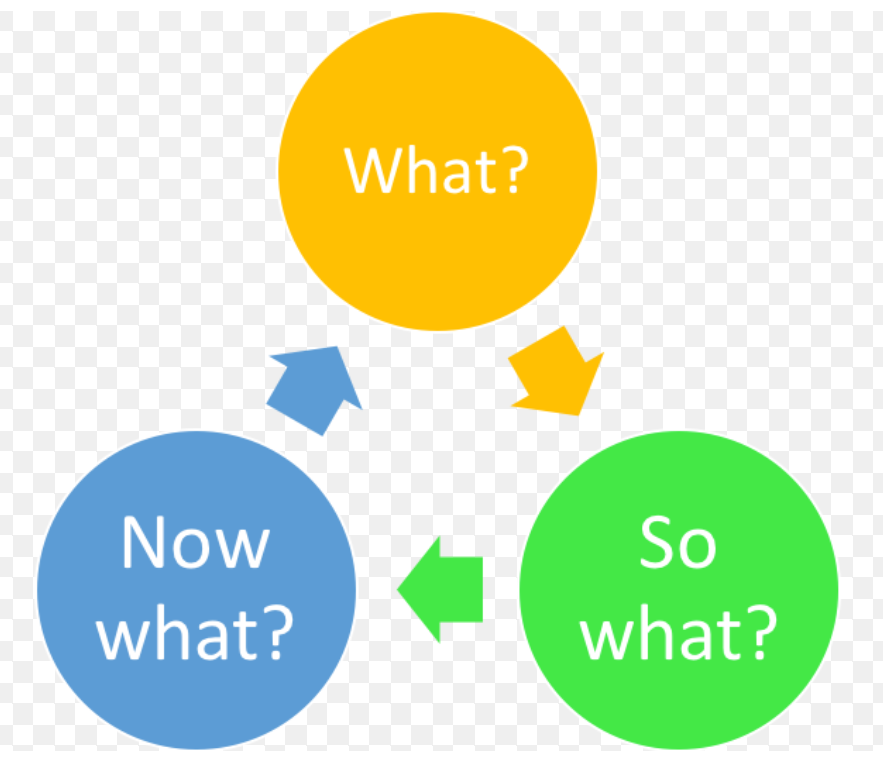It’s quite hard to comprehend that I’m back here again to write up my second blog post, as it doesn’t feel that long ago at all that I was uploading the first! But what is even harder to believe is how quickly our final year has absolutely flown by, of course including my time at St Joseph’s Primary School for my placement as part of this module. I can still remember how anxious I was to return to my old primary school, obviously this time around taking on an entire different role to when I was a pupil there. But now when I go there for placement, it really feels like I never left at all! Everyone was so welcoming which made me feel a lot more at ease, which really made going to placement such a treat. Although I’ve enjoyed every minute of placement, much like everything in life and the world of work especially, there were many occasions wherein I felt were very challenging for me. I have learnt how important it is to recognise these challenges in order to find solutions to overcome them, and use them as learning curves in the world of work, specifically in my chosen career path of primary school teaching.
During my time on placement, one thing I have definitely learnt for sure is that each and every child in the classroom is different. Whether that be their individual personalities, learning difficulties, ethnic or religious backgrounds, the list is non exhaustive. The primary 6 class I have been observing really backs up this theory, as the class displayed the true definition of diversity with every child being unique in their own way. Although this range of abilities, cultures and backgrounds is great to see in the classroom setting for inclusion and equality, I have well and truly learnt that this can majority of the time be very challenging for the teacher in terms of making sure that each child is catered for in their own personal way, whilst also making everyone else feel equalised.

A particularly challenging experience I faced was with a child with autism, who I will refer to as Alex (not real name). Although there are quite a few individuals in the class who are on the autism spectrum, Alex in particular is considered to be in need of that extra bit of support. He is a very intelligent pupil and overall does quite well in his schoolwork, however he suffers most with sensory overload which is a common factor that an autistic child may struggle with. Ever since starting my placement, Alex had always gravitated towards me, wanting to tell me about things happening in his life like what he got up to at the weekend, and was always fond of telling me a funny joke or two! Any time there was a group task in the classroom that entailed the children working together, Alex would always ask to be paired up with me instead, even though he did have a few friends in the class, he seemed to be most comfortable being with me. From these interactions I could tell that Alex felt safe in my presence, which also made me feel like I was doing a good job.
“Supporting a child with autism in the classroom is no small undertaking, but it is a valuable and incredibly fulfilling one”
Burton-Hughes, 2019

One day in class the children were doing some arts and crafts which included painting, cutting and sticking. As can be imagined, it was inevitable that this task would end in a great mess with paint everywhere, which along with the sensory overload of bright colours and strong smells from the paint and glue, resulted in Alex being triggered and getting overwhelmed, as “sensory sensitivity may cause autistic children to have an intense positive or negative reaction to sensory stimulation” (Burton-Hughes 2019). He also exhibits perfectionist tendencies, wherein this situation he felt his art had to be completely flawless but couldn’t get it the way he wanted. This can be seen to be because of their “literal thinking and one-track mind, leading to many challenges like getting frustrated, rigid thinking, and not handing in work as never ‘finished’ to their standard” (Larkey 2020). As a result of all of these triggering factors, Alex ran out of the classroom looking very frustrated and overwhelmed.
To reflect on this particular challenge I will be using Schön’s ‘reflective practitioner’ model, which emphasises the importance of ‘learning through doing’, in order to cope with the ‘messy indeterminacy’ of everyday work (Schön 2016).

Reflection in action:
When Alex ran out of the classroom, the teacher was in the middle of assisting another child, so I took it upon myself to go out after him to see if he was okay. I knew this would be acceptable as I was aware how comfortable Alex felt with me so it would perhaps calm him down more. When I followed him out, he was sitting with his knees up to his face and was visibly very stressed and anxious. My immediate reaction was to ask him what’s wrong and if he’s okay, in which I got no response. I then placed my hand on his shoulder as a sign of comfort and reassurance, and tried to encourage him to go back into the classroom and told him that I would be his ‘buddy’ in the art task. Upon reflection of this, at the time I thought this was a good approach to get him to calm down, but considering he evidently did not calm down, a different approach would have been more suitable.
Reflection on action:
After carrying out some intense research on autistic children in general, and having a discussion with the teacher about Alex personally, I have now realised a better way to go about a situation like this, should it occur again. In future I would refrain from physical contact with Alex, as I have discovered that many autistic individuals are sensitive to touch and may become distressed by it, and also I would avoid rushing him to calm down and go back to class as this clearly increased his anxiety and made it more difficult for him to self-regulate. I have realised to instead reassure him that he can take as much time as he needs to collect himself and calm down, that there is no rush to go back to class and give him space if desired to enable him to process his emotions at his own pace. This particular challenge really was a learning experience for me, if it didn’t happen I wouldn’t have learnt how to deal with a situation like this, and it’s good that I was able to go away and recognise what I could have done better upon deep reflection, ultimately making me feel more confident for the future.
“As a teacher, you must be alert to the barriers to learning that some children face. This includes how you manage your classroom, your attitudes and the way you teach and provide resources”
Goepel, 2015
Another challenging aspect of my placement took place whilst I was keeping an eye on the children in the playground at break-time. One of the girls in my primary 6 class approached me (let’s call her Emily) with tears in her eyes and looked rather upset. She went on to tell me that her friend group were excluding her from their game and were making her feel unwanted.

To reflect upon this challenge, I will use Borton’s model of reflection (1970), which Jasper states to be “based on the need of practitioners to operate in the real world of practice – the need to identify, make sense of and respond to real-life situations” (Jasper 2013).

What?
My initial reaction was to calm her down and make sure she was okay. I asked her what happened by crouching down to her level so she felt less intimidated and more at ease. I then told her to go and sit on the benches to calm down so I could go and ask the friend group for their version of events.
So What?
I feel like getting down to her level to speak to her more clearly certainly helped ease anxieties and made her feel more listened to, so I am therefore confident this strategy works.
Now What?
However, for future I now realise upon this reflection that it would have been more beneficial to get Emily and the rest of the group together to ask them what happened to get both versions of the story so no lies can be told that way. This also prevents Emily from feeling isolated further, even though she needed that minute to herself to recollect. This is something I have took on board for future situations.
From these experiences and others alike, I have learnt there will be a fair share of challenges throughout my future career as a primary school teacher. However, with utilising reflective models like these, I can learn from my mistakes and ultimately gain more confidence in how I handle situations upon reflection. With that being said, let the challenges commence!
References
Burton-Hughes, Liz. How to Support a Child with Autism in the Classroom. 23rd September 2019. https://www.highspeedtraining.co.uk/hub/how-to-support-a-child-with-autism-in-the-classroom/
Goepel. J. (2015) Inclusive Primary Teaching: a critical approach to equality, special educational needs and disability. Norwich: Critical Pubishing.
Jasper, M. (2013) Beginning reflective practice. Melbourne & London: Cengage Learning.
Larkey, Sue. Why Kids on the Spectrum are More Likely to be Perfectionists & What You can do to Support Them, 1st March 2020. https://suelarkey.com.au/perfectionism-blog/
Schön D.A. (2016) The Reflective Practitioner: How Professions think in Action. London: Temple Smith.